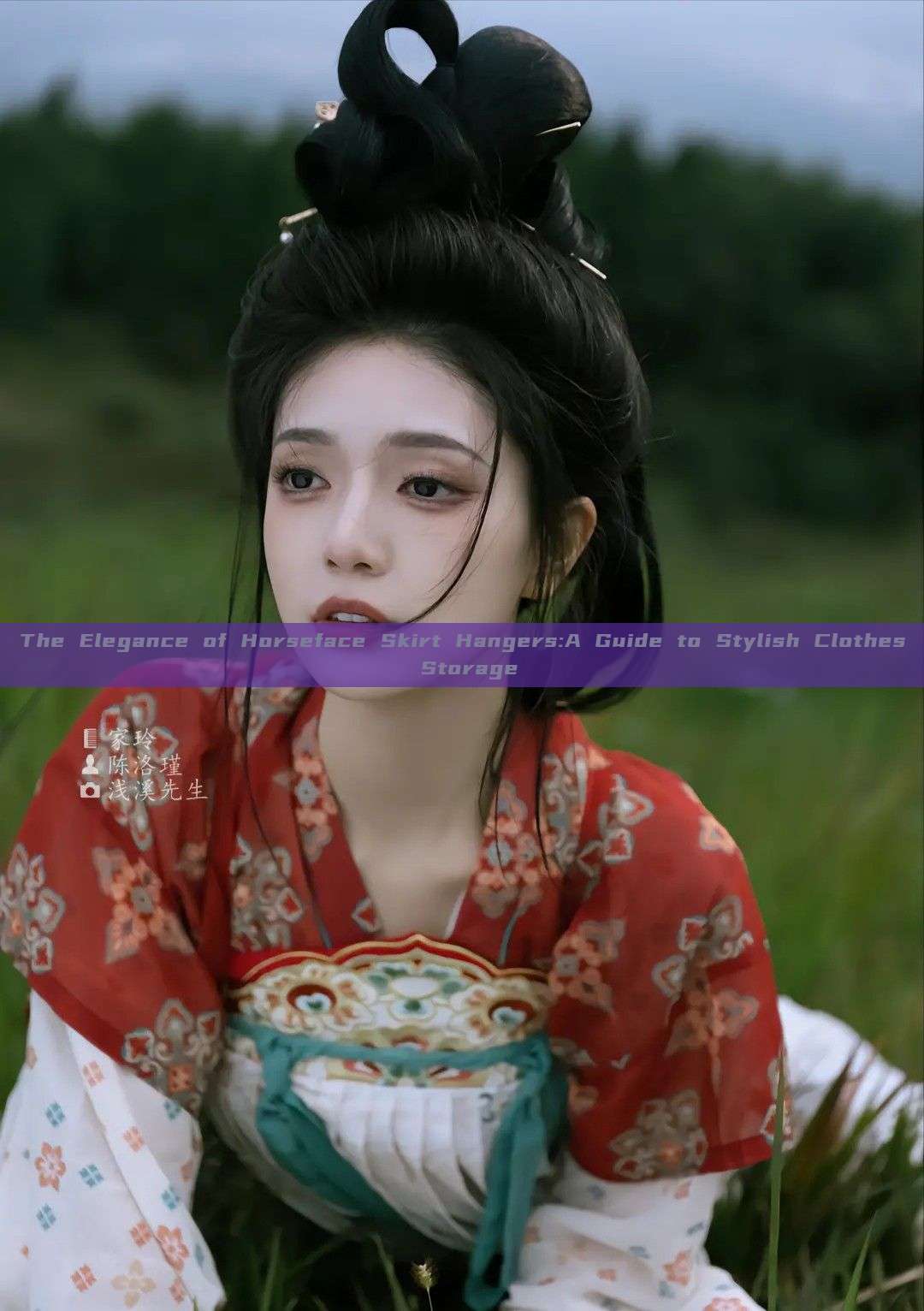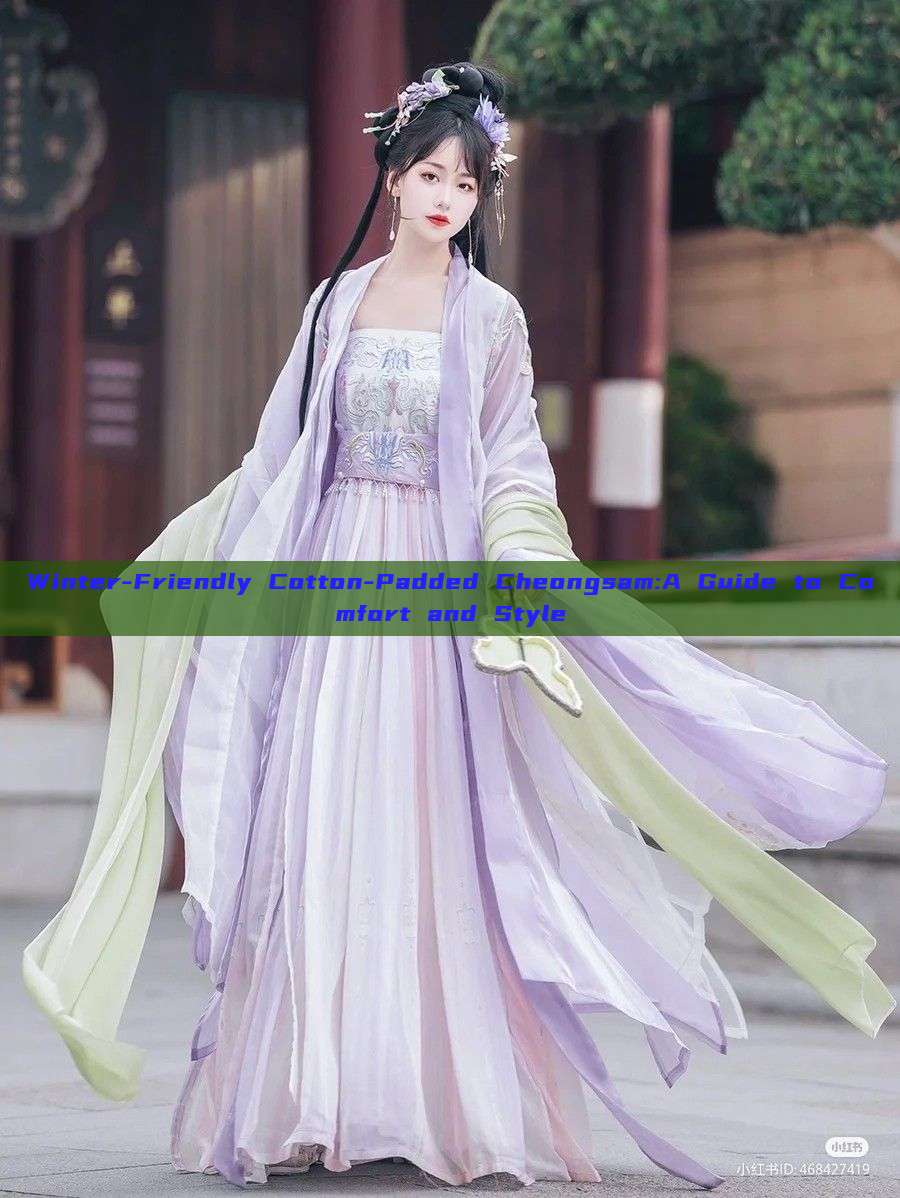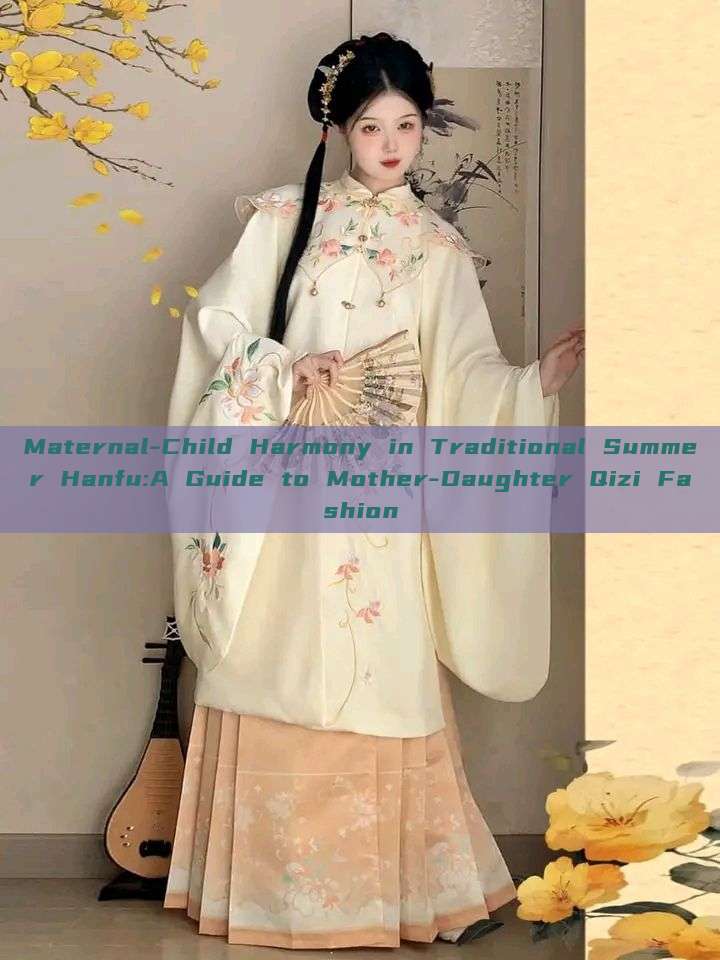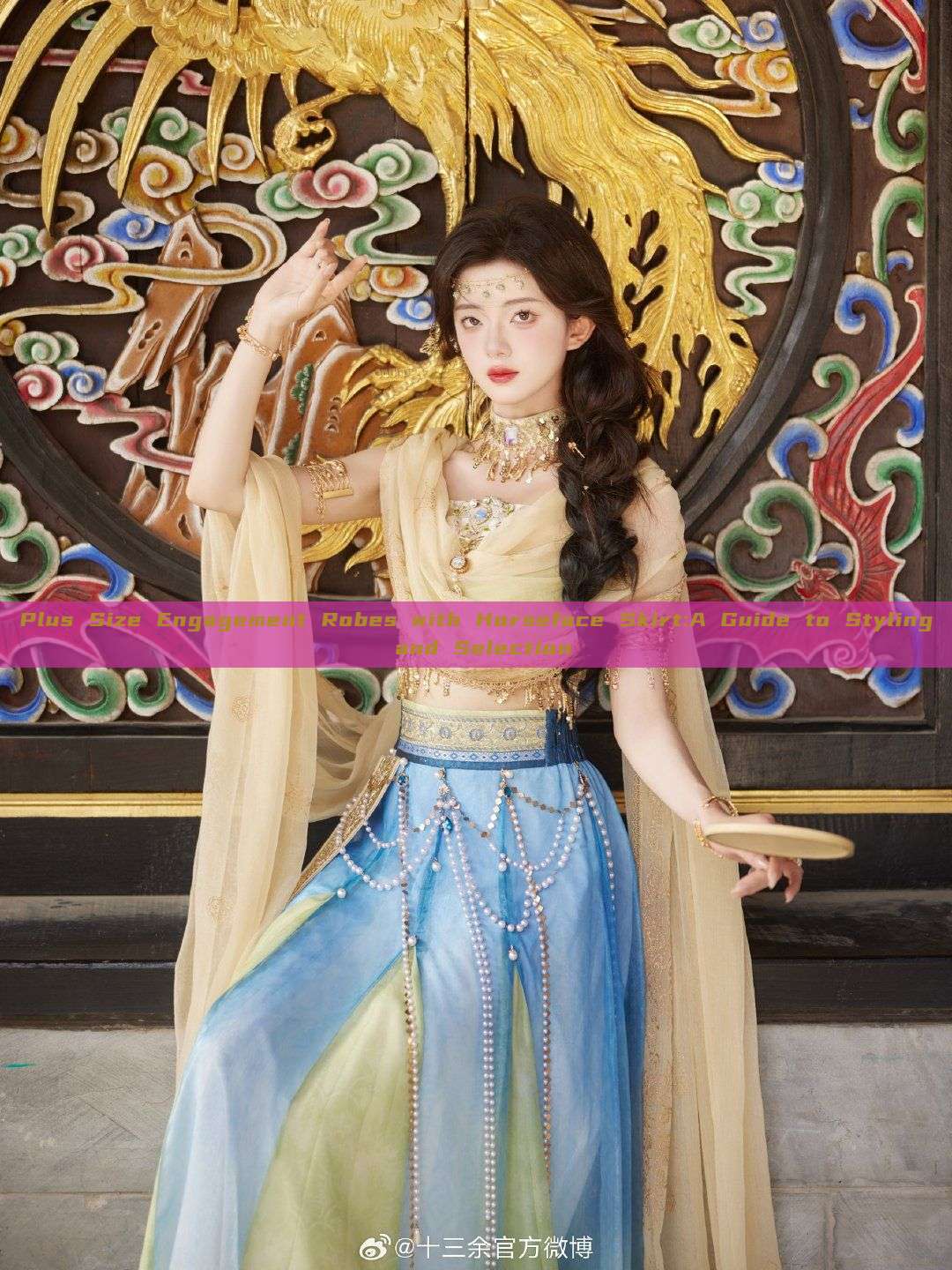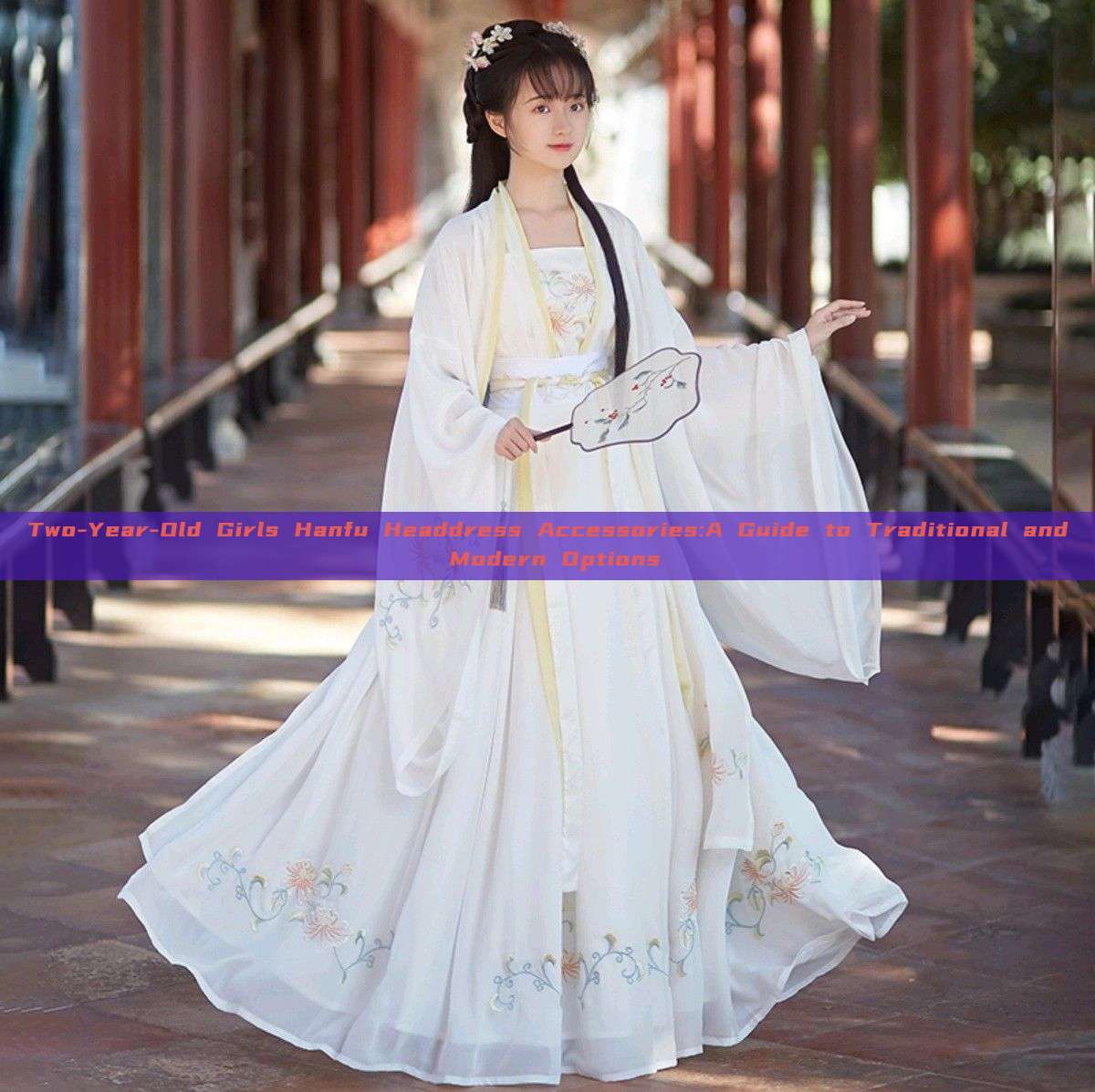In the realm of traditional Chinese culture, Hanfu costumes are not just about the clothing but also about the intricate details in hair styling. Among the various hair styles associated with Hanfu, the art of hair binding with pins is a unique and enchanting tradition that dates back to ancient times. This guide will delve into the world of hairpins and how they are used to craft beautiful hair bindings in Hanfu fashion.
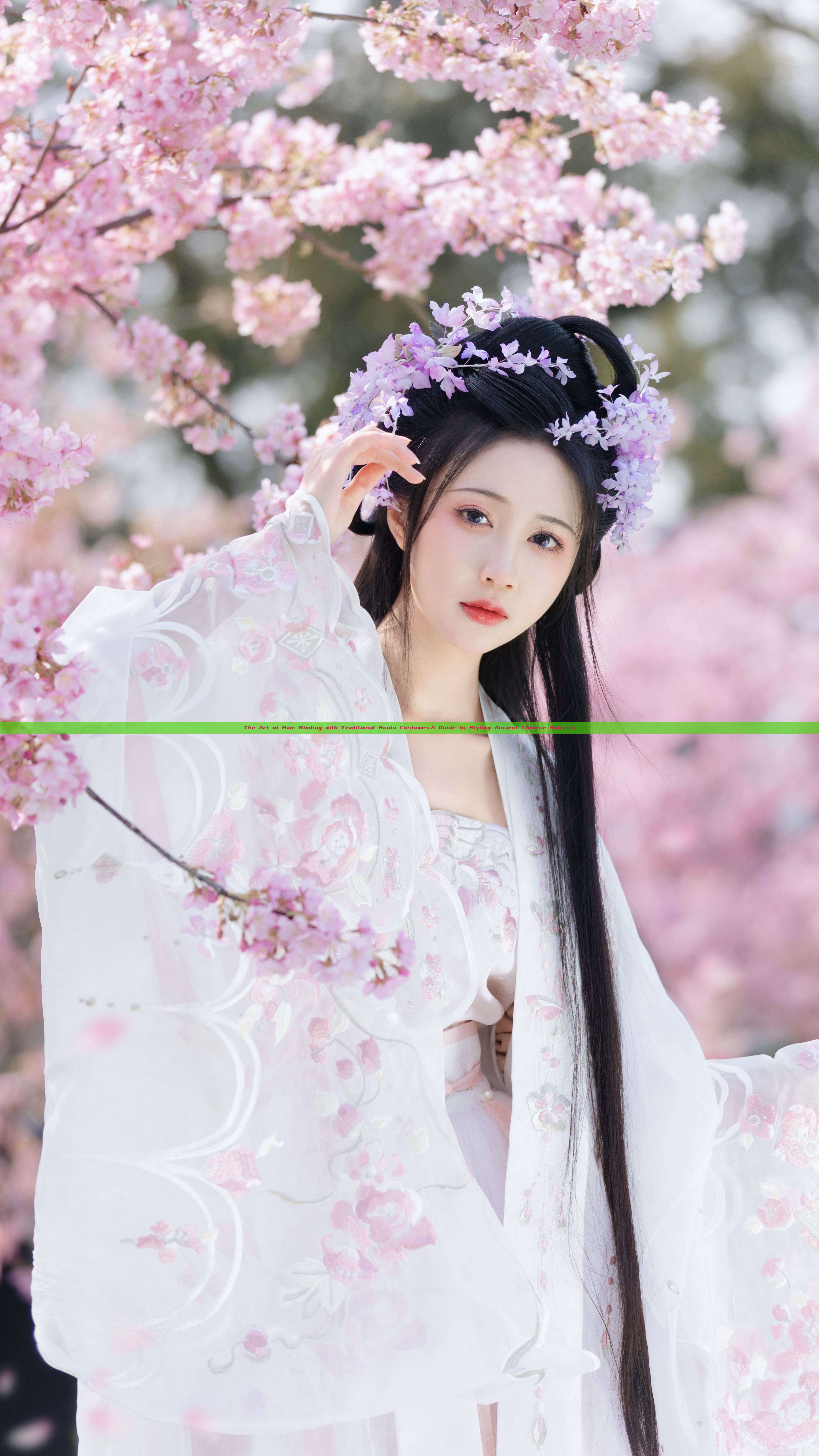
What is Hanfu?
Hanfu, also known as Han Zhuang, is a traditional clothing style that originated in China and dates back thousands of years. It encompasses a wide range of styles and designs that reflect the rich cultural heritage of China. The hair styling associated with Hanfu is an integral part of this cultural expression, as it symbolizes the cultural values and aesthetics of the era.
The art of hair binding with pins is an essential aspect of Hanfu hair styling. These pins are not just used to hold the hair in place but also serve as a form of decoration, reflecting the wearer’s status and personality. The process of binding hair with pins involves intricate techniques that require patience and practice to master.
Types of Hairpins Used in Hanfu
- 发簪 (Fā Gān): The most common type of hairpin used in Hanfu hair styling, it is usually made of wood, jade, or metal and is used to bind the hair at the back of the head.
- 发带 (Fā Dài): A type of hair accessory that is tied around the hair to create a band-like effect. It often comes with decorative patterns and is used to enhance the overall look of the hairstyle.
- 发网 (Fā Wǎng): A mesh-like structure made of silk or other materials that is used to cover and secure the hair. It provides a base for other hairpins to be inserted into.
How to Style Hair with Hairpins in Hanfu
- Preparing the Hair: The first step is to prepare the hair by washing and drying it properly. Hair should be smooth and free from tangles for easier styling.
- Creating the Base: Depending on the desired hairstyle, a base is created using a combination of hairpins and hair nets. This base will hold the hair in place and provide a foundation for further decoration.
- Inserting Hairpins: Hairpins are inserted into the base, usually starting from the back of the head and working towards the front. The pins are inserted at different angles and depths to create a three-dimensional look and secure the hair in place.
- Adding Decorations: Once the basic structure of the hairstyle is complete, decorations such as flowers, ornaments, or beads can be added to enhance the look. These decorations are often themed to match the wearer’s outfit or occasion.
- Finalizing the Look: After all the elements are in place, the look is inspected and adjusted if necessary. The final result should be a beautifully crafted hairstyle that reflects the wearer’s personality and complements their Hanfu outfit.
The art of hair binding with pins is not just about creating a beautiful hairstyle but also about preserving a rich cultural heritage. It involves a deep understanding of cultural values, aesthetics, and traditional craftsmanship. By mastering this art, modern individuals can not only enhance their personal style but also contribute to preserving this invaluable cultural tradition.
In conclusion, the art of hair binding with pins in Hanfu is a unique and enchanting tradition that deserves to be preserved and celebrated. By understanding the different types of hairpins, mastering the technique of styling hair with them, and appreciating the cultural significance behind this tradition, modern individuals can embrace their inner beauty while paying homage to their cultural roots.



